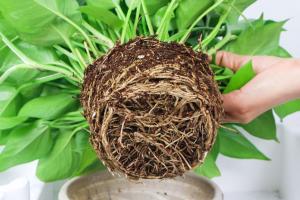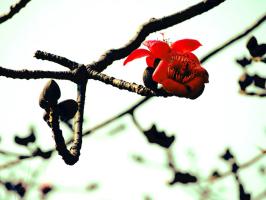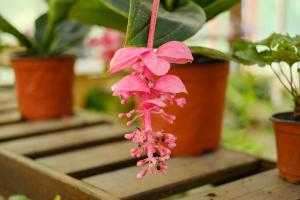What Plants Could Harm Cedar Trees
Cedar trees are a popular choice for landscaping, but they can be vulnerable to certain plant species. Some plants, if planted too close to cedar trees or allowed to thrive nearby, can pose a threat to the health of the cedar trees. In this article, we will explore some plants that could harm cedar trees and how to prevent their negative effects.
English Ivy
English Ivy is a fast-growing vine that can smother other plants by consuming their nutrients and blocking sunlight. When planted too close to cedar trees, English Ivy can attach to the cedar bark and spread rapidly, causing damage to the tree's bark and leaves. The tree can become weakened as a result, and insects and diseases can invade the damaged area.
To prevent English Ivy from harming cedar trees, it is important to plant the vine far away from the tree. If you already have English Ivy growing near cedar trees, it is essential to keep a close eye on the vine and remove it as soon as possible if it begins to touch the cedar tree.
Juniper
Juniper is a common evergreen shrub that can grow to be quite large. If planted too close to cedar trees, it can rob the cedar tree of the nutrients it needs to thrive, leading to stunted growth, browning of branches, and possibly death. The shallow root system of the juniper plant can also compete with cedar tree roots for water and nutrients, further weakening the tree.
To prevent Juniper from harming cedar trees, it is essential to keep the two plants at a safe distance from each other. Ideally, the juniper should be planted at least 10 feet away from the cedar tree. If you have already planted a Juniper in close proximity to a cedar tree, consider transplanting it to a new location to prevent damage to the cedar.
Rhododendron
Rhododendrons are one of the most popular ornamental plants, but they can pose a threat to cedar trees if planted too close to them. Rhododendrons require the same type of acidic soil as cedar trees, and they can easily overtake the cedar's root system and compete for nutrients, leading to poor growth and poor health of the cedar tree.
To prevent Rhododendrons from harming cedar trees, it is essential to keep them at a safe distance from each other. Ideally, there should be a minimum of 6-8 feet between the two plants to ensure they don't compromise each other's growth.
Conclusion
Cedar trees are beautiful and valuable additions to any landscape, and they can bring joy for many years if cared for properly. However, certain plant species can pose a threat to cedar trees if planted too close to them or allowed to thrive nearby. By keeping these plants at a distance and maintaining a watchful eye over your landscape, you can help ensure the health and longevity of your cedar trees.

 how many times do yo...
how many times do yo... how many planted tre...
how many planted tre... how many pine trees ...
how many pine trees ... how many pecan trees...
how many pecan trees... how many plants comp...
how many plants comp... how many plants can ...
how many plants can ... how many plants and ...
how many plants and ... how many pepper plan...
how many pepper plan...





























